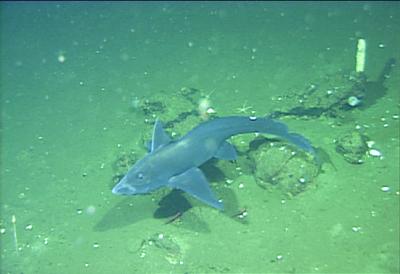
Wild Swordtails are found from southern Mexico and down to Guatemala in Central America. The name Swordtail is derived from the body of the male Swordtail. The bottom ray of his caudal fin is extended, and points out from the body like a sword. The female Swordtail is without sword, and she can also be distinguished from the male by her more rounded body shape. Today you choose between red, black, green, albino and even neon coloured Swordtails since Swordtails have been extensively bred in captivity during many years. You can also choose between a lot of different Swordtail types, such as the Red Simpson, the Spotted Swordtail, the Gold tux Swordtail and the fanciful Lyretail.


